Going by E. J. W. Barber’s words, the Japanese garden is a valuable tool in Japanese architectural design because it not only represents a deeper collection of cultural meanings and customs, but it is also typically included in any house design.
The Japanese garden, unlike the English garden, aims to make both an aesthetic and a reflective impression. The realization that every detail has significant value is the most basic element of any Japanese garden design.
You might already know how beautiful and peaceful a Japanese garden is to human eyes and hearts. Also, you have come across many photos and videos on the internet where you have had the lovely experience of taking in the literal charm of a Japanese garden through a camera’s lens.
Japanese garden design concepts are based on Buddhist, Shinto, and Taoist philosophies and promote peaceful contemplation. To build a peaceful retreat, they often combine the basic elements of plants, water, and rocks with clear, clean lines.
Feel great to have stumbled on this blog and discover a new aesthetic and inspiration from these Japanese garden ideas.
Greens Elements
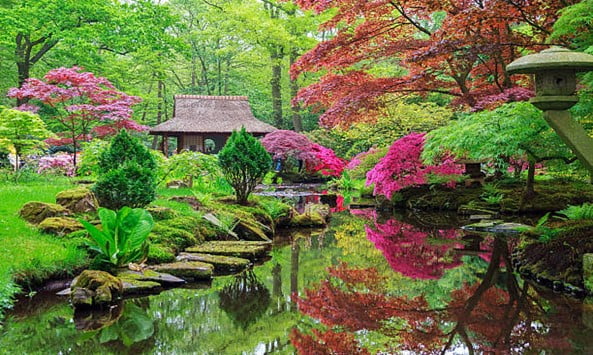
A Japanese garden is a miniature landscape of trees, shrubs, and perennials. Plants are peculiarly chosen for their shape, texture, and color, just like you find Bonsai trees taken care of, all sculpted and clipped.
Color is conveyed by flowers and leaves. You might already be familiar with cherry blossoms, azalea blooms, and Japanese maple leaves. Serviceberry, Pine, Lotus, Iris, Shrub peony, Horsetail, Crab-apple, Rhododendron are all the plants a Japanese garden consists of basically. They are, of course, planted according to the seasons in which they grow and shine.
Water Elements
Water is yet another important element of a Japanese garden. Water brings movement and reflection to the scene. They say Evil is believed to be carried away by flowing water. Standing water represents all that is going on around it.
Water also occupies a prominent position among the elements of a Japanese garden. It refers to the expression of nature and represents eternal rebirth, peace, wonder, and continuity.
Water comes in a variety of shapes and sizes. Various degrees are given in a Sansui Japanese garden, one with elevations so that that water can circulate. It collects in rivers, flows across streams, and tumbles down cascades.
Throughout the summer, the hot, flowing water helps to keep the air cool. The sun is positioned precisely about the ponds and cascades to decide how it will be reflected by the water. Even waterfalls play a great role in the whole design concept of a Japanese garden. You will get to see different sorts of arrangements for it as well.
Stone Elements
Dry environments that resemble water are known as rock gardens. Long rocks that look like cascades are arranged systematically.
You will also find White gravel in Japanese gardens, a Shinto symbol of cleanliness and purity representing water; its imitation rips the gravel into a pattern. It is a matter of fact that in Eastern philosophy, stones are given particular attention.
Stones anchor the garden to the ground and give it its distinct personality as a sign of time and the omnipresence of nature’s powers.
The stones are arranged according to strict rules based on their shapes and sizes; they are often twinned by pairs and contrasted in style like a male rock instead of a female rock.
Stones provide relief by forming hills and valleys, which in turn give rise to cascades, streams, and ponds.
One of the most significant elements in the design of a Japanese garden is the type of stone to use.
Architectural Elements
Man-made elements are also used in Japanese garden architecture and ornamentation. Bridges, fences, and gates are made of materials like bamboo; these are used to mark space and layout a Japanese garden.
The Bridges
Bridges are like the center of attraction. They will catch your eye once you enter a Japanese garden. The bridges in a Japanese garden are privileged locations where you can casually stroll and enjoy the beauty of the land, watch water streaming down below it, and enjoy the fresh air around it.
Wood, bamboo, earth, or stone may all be used to build bridges. They are still following the surrounding nature, whether rounded, arc-shaped, or zigzags.
The Lanterns
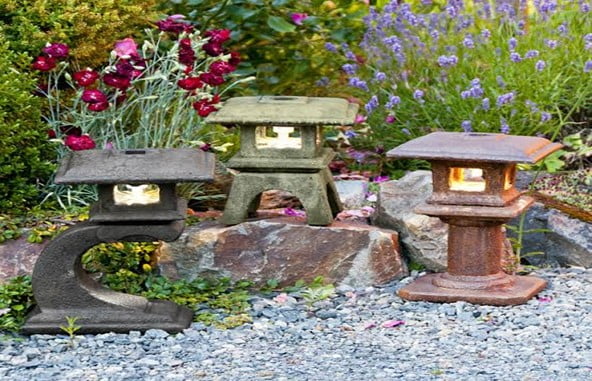
Then there are lanterns which are integral parts of a Japanese garden. You would be able to locate one near pathways to shrines. =
With the introduction of the tea ceremony, the lantern became a prominent feature of a Japanese garden’s design. =
Initially intended to guide visitors during nightlife events, the light was also considered to clear the clouds of ignorance from the light of knowledge. Well, this is philosophical but sounds good, no?
The Fauna
Wide water features benefit from the movement and elegance of koi, a majestic, colorful Japanese carp.
Carp are essential inhabitants of any Japanese garden pond, adding a splash of color to the shallow waters. Carps have a life expectancy of up to 50 years. They are a sign of courage and perseverance in Japanese culture.
Japanese Garden Ideas
Since we are done with knowing all the elements of a Japanese garden, let us move forward to look at some fascinating Japanese garden ideas.
1. Place for Peace
With a teahouse or pavilion made of bamboo or wood, you can create an intimate space in your Japanese garden.
These structures are famous for the peace they provide to people. Not just the peace, but these are also designed for entertainment purposes such as entertaining your guests or taking in the beautiful scenery.
2. Pagoda Lanterns
Stone lanterns in the form of pagodas are a great way to add some Japanese flair to a small garden; they have a lot of personality without taking up a lot of space. In addition to having a charming glow in the evening, they may also echo the roofline of a teahouse or covered gate entries.
3. Beautiful Colours
Adding small or large plants of colorful blossoms could naturally create a striking contrast with the greens. Be it pink, red cherry blossoms, or Japanese maple whose leaves turn from red to orange and butter yellow.
Flowers in Japanese gardens are usually fleeting and more stunning for it, with bursts of bright colors set against a background of lush greens. Take this as a cue and an inspiration for your own Japanese garden ideas.

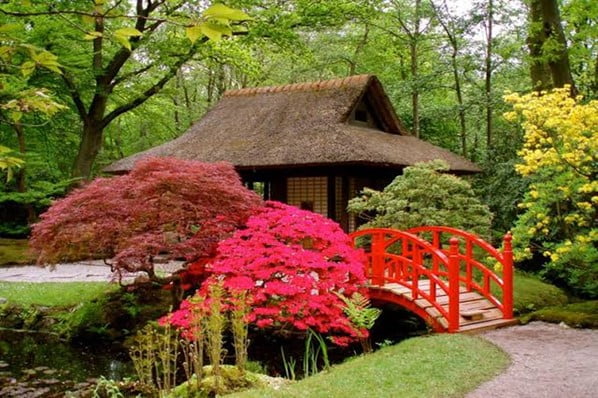




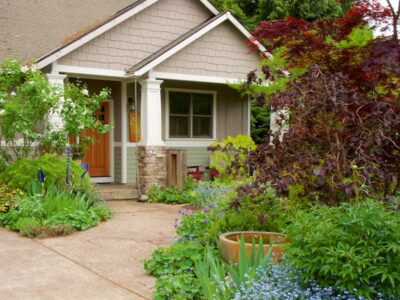
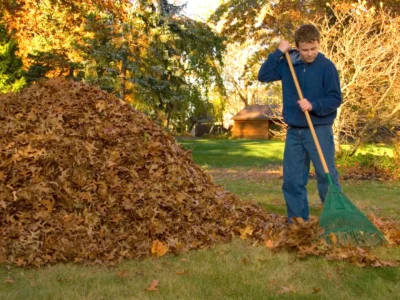
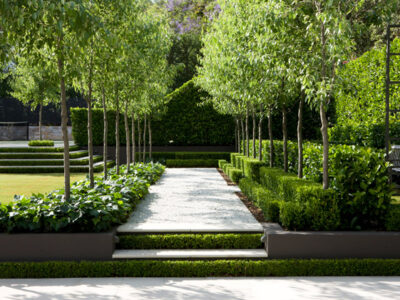
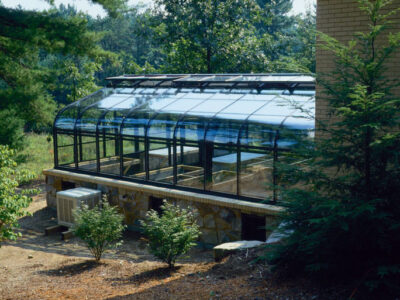
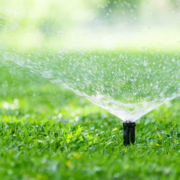

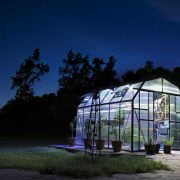
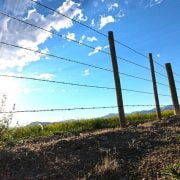
Comments